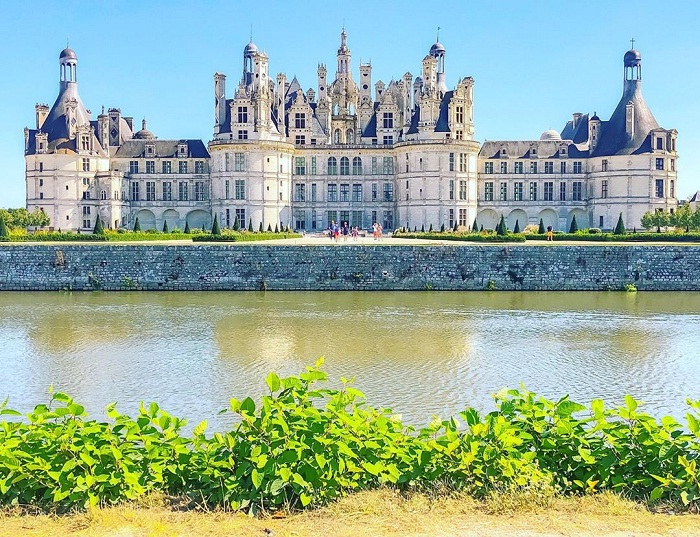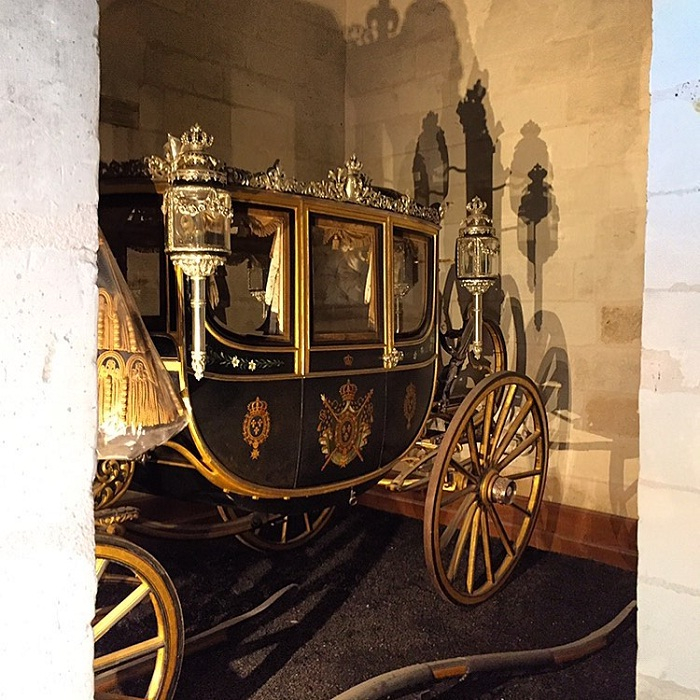Cahmbord of France

The Château de Chambord royal castle at Chambord, Loir-et-Cher, France, built-in 1539, is one of the most recognizable castles in the world for its distinctive French Renaissance architecture, which combines shapes and forms. French medieval tradition with classical Renaissance architecture. This structure, which was never completed, was built by King Francis I of France.
Surrounding the castle is a large, deep green forest 4,440 hectares (44,400 m2) wide, surrounded by a wall up to 31 km long. This is the largest walled forest in Europe. Chambord has a height of 56m with a porch of 156m long, there are 440 luxurious rooms with 365 fireplaces and 356 chimneys with different shapes.
Chambord is the largest castle in the Loire Valley. It was built for the hunting season of Francis I, who maintained his royal residence at the castles of Blois and Amboise. The original design of Chambord Castle was attributed to Domenico da Cortona, although there are some doubts, Leonardo da Vinci may also be involved.
Chambord was significantly altered during the twenty-eight years of its construction (1519–1547), during which time it was supervised on-site by Pierre Nepveu. As the castle neared completion, Francis demonstrated his colossal symbol of wealth and power by hosting his former number one rival, Emperor Charles V, at Chambord. In 1792, against the backdrop of the French Revolution, some of the furniture was sold and the trees were cut down. For a time the building was abandoned, although in the 19th century some efforts were made to restore it. During the Second World War, works of art from the collections of the Louvre and Château de Compiègne were moved to the Château de Chambord.











